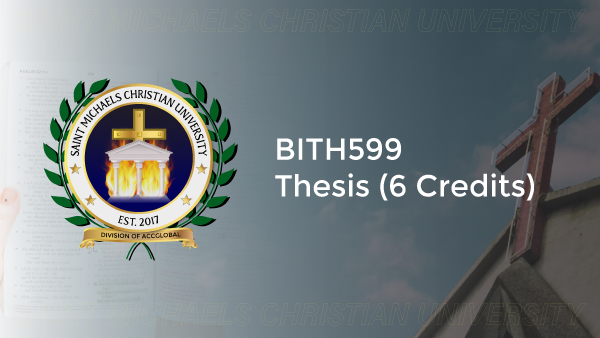Overview
INTRODUCTION
-Almost two-thirds of the world’s population has never heard the Gospel message.
-Over a thousand people groups have never been penetrated for the Lord Jesus Christ.
-Many tribes have never received their first missionary.
-There are approximately 1,700 languages without the written Word of God.
-The world’s population will double in less than 50 years.
When we think of statistics like these in terms of fulfilling the Great Commission of Jesus Christ to take the Gospel of the Kingdom of God to every creature, we realize we are faced with a great task. This course is written to mobilize and equip believers to fulfill this great challenge. It is a tremendous task, but it is not impossible.
Most courses on evangelism focus only on the command to “go” into all the world with the Gospel. They emphasize preaching and teaching the Gospel message. This course differs because it also focuses on what Jesus said to do “as you go” and the New Testament Church pattern of what to do “while you are there.” The course is divided into three sections:
Part One is entitled “Go.” It focuses on the mandate given by Jesus to preach the Gospel of the Kingdom of God to all creatures. It includes instruction on the message to be shared, the messengers, how to communicate the Gospel, and the recipients of the message. Methods of evangelism are also taught, with emphasis on those used in New Testament times. Both personal and mass evangelism methods are discussed, with specific instruction on how to deal with difficulties and the follow-up care of new converts. Instruction also is given on planning and mobilizing spiritual resources and networking with others for evangelism.
Part Two is entitled “As you go.” In the New Testament Gospels, Jesus never commissioned anyone to preach the Gospel without also commanding them to minister healing and deliverance. He told them “As you go…heal the sick, cast out demons . . .” (Matthew 10:1,7-8). As the multitudes came for healing and deliverance, the spiritual harvest began to multiply so rapidly that new laborers were required. It was not long until 70 more disciples were needed and were
sent out to preach, teach, heal, and deliver. It was this demonstration of power “as they went” that resulted in the rapid spread of the Gospel throughout the world. For this reason, Part Two of this course focuses on the healing and deliverance ministry that is to accompany the preaching and teaching of the Gospel.
Part Three focuses on the pattern revealed by the New Testament Church of what to do “while you are there.” It proposes that evangelism is not complete unless a church is planted among a group of new believers. Evangelism without establishing local churches is like bringing children into the world and not claiming responsibility for their subsequent care. A person should not be considered “evangelized” until he becomes a functioning part of a local church fellowship. To accomplish this, there must be a local church. An area should not be considered evangelized until a church is planted.
This three-part approach to evangelism is called “leaven-like evangelism” because it will spread the Gospel throughout the world rapidly even as leaven permeates a lump of bread dough. The leaven may be small and hidden, but its impact is unlimited.
COURSE OBJECTIVES
Upon completion of this course you will be able to:
- Define leaven-like evangelism.
- Explain the mandate of evangelism.
- Summarize the message of evangelism.
- Identify the messengers of evangelism.
- Identify the recipients of the message.
- Communicate the Gospel to others.
- Summarize New Testament principles of evangelism.
- Summarize New Testament parables of evangelism.
- Do personal evangelism.
- Deal with difficulties you encounter in evangelism.
- Reach an entire area by saturation evangelism.
- Conduct mass evangelism.
- Follow up new converts.
- Make plans for evangelism.
- Network with others for evangelism.
- Summarize what the Bible teaches about healing and deliverance.
- Explain variables that affect healing.
- “As you go, heal.”
- “As you go, deliver.”
- Describe the New Testament model for church planting.
- Follow New Testament methods to plant churches.
- Follow New Testament methods to multiply churches.
